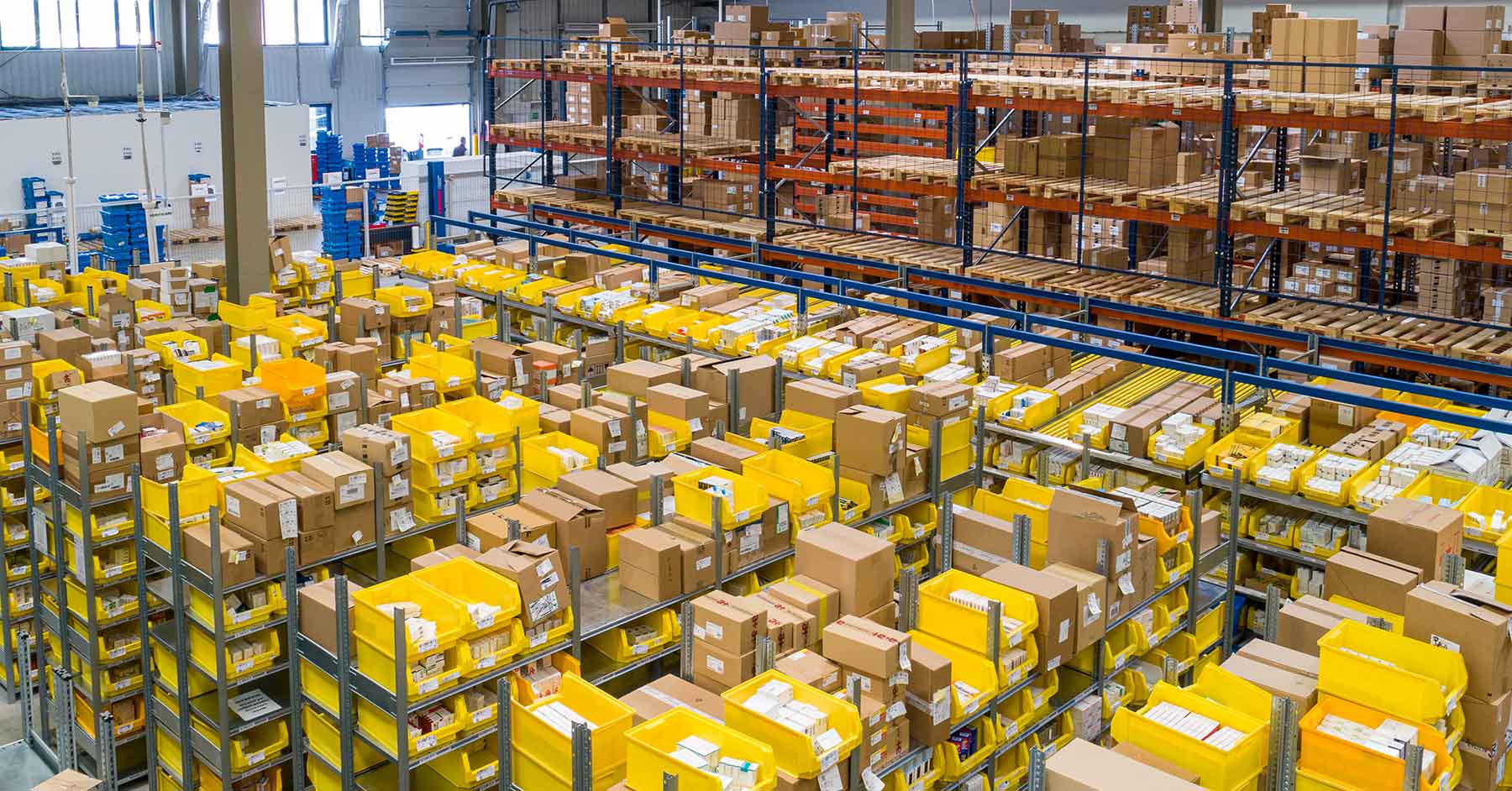(Photo by Adrian Sulyok on Unsplash )
Author: Xabier Basañez, Managing Director LATAM, Alcott Global
The warehouse processes have to be well synchronized to assure the right operational efficiencies that result in a lower operating cost for the business, letting improve the margin of the products to be distributed.
In general, there are 7 key processes, let’s review quickly each one:
1. Receiving
It is the handling of products into a warehouse and onto a system. The best way to receive products is via an Advance Shipping Notice (ASN) from a supplier. With this information on the system, operators can scan consignment bar codes to bring up the ASN. If the delivery matches the ASN, then goods can be received in the system. But at this point, they are still at staging, albeit ready for put-away. Some systems allow for goods to be received into inventory at this point, whereas others require the goods to be delivered to a specific stock location before inventory is updated. This depends entirely on the customer requirements and how the system is set up.
2. Put Away
A good system will prompt put-away staff with a note indicating that stock is in staging waiting to be transported to a storage location. The process commences when operators accept the put-away task from the Enterprise Resource Program (ERP) or Warehouse Management System (WMS), and then scanning the relevant bar code of goods to be put away. If there is no bar code, then a manual entry can confirm that the goods have been identified. At this point, the system will be directing the put-away staff to deliver goods to the relevant storage location. Once at the location, the operator will either scan the relevant stock location bar code or manually confirm that the correct location has been found, then place the goods into the slot before confirming that the put-away process is complete.
3. Picking
There are different ways to execute the picking. In some cases, the picking is delivered directly to a staging area or packing bench for finalization, consigning, and dispatching, thus the f picking becomes only one process.
Some primary picks are subject to a second picking process, particularly where picked goods must be allocated to clustered orders (a bunch of orders), or discrete orders (single orders) via a sortation process or system. With the boom in online sales across many industries, far more companies are conducting secondary picking processes than ever before.
Once orders are received, it is common for orders to be released ‘real-time’ or in ‘waves.’ Real-time orders are downloaded as they are received. Orders accumulated for specific picking times and transport routes are called ‘waves’.
4. Packing
In some deliveries, the products need to be packed within the Distribution Center. If this is required we need to take care that the products need to be traceable, QA should be involved in the process, easy to combine products from different areas of the warehouse, good quality of packing, and finally, the packaging should be traceable.
5. Dispatching
The successful dispatch lies in the operation’s ability to have goods ready for departure, just in time for carriers to load their trucks. The DC manager must therefore balance and forecast packing and dispatching according to carrier pick-up times. Goods that are ready too early, for example, will clutter staging areas, while dispatches that are late, will delay loading and potentially cause late deliveries.
6. Returns
Usually, the Supply Chain Team doesn’t like this process. However, returns are a part of most businesses and become critical when the volume of returns is growth. Alarmingly, much of the returns for many firms are for just one item at a time. All returns must be traceable and must have a Return Management Authorization. A Pre-determined process has to be in place that should include returning the product to the warehouse inventory.
7. Value Adding
This process of value-adding can be very complex and challenging. In fact, when many different items are combined to build a new product, the process has to be well designed. Complexity around handling value-adding processes has to be well analyzed.
Source: Warehouse Processes: Key Elements by Xabier Basañez | LinkedIn





